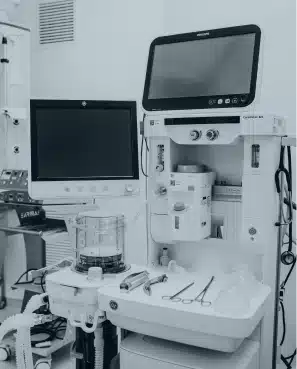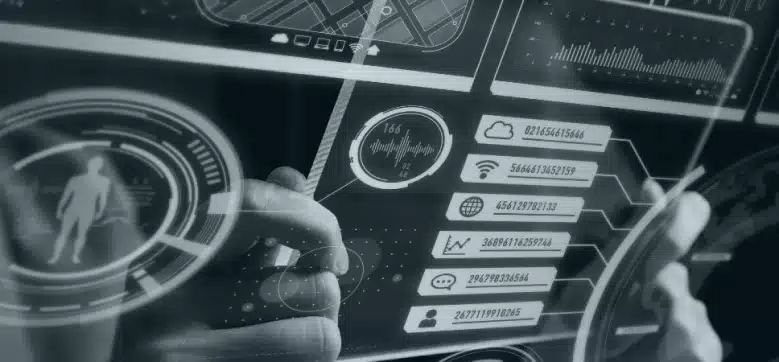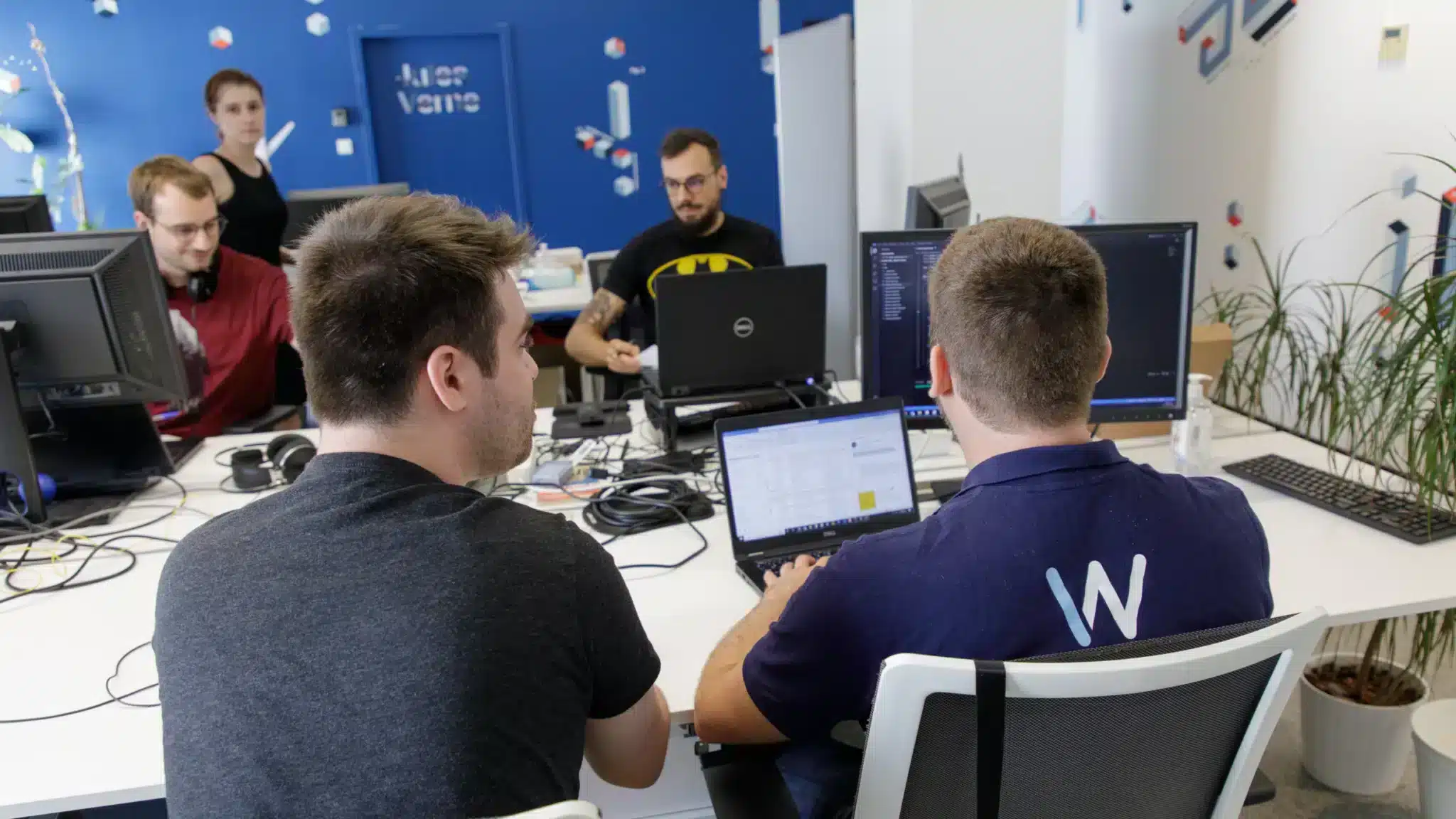Embedded system applications development services
Enhance embedded applications development with intuitive UI and UX

embedded applications

Web applications

Director of device development

Applications Designed for People, Built with the Right Tools and
Engineered to Evolve & Last
Agile, DevOps, and CI/CD ensure efficient, high-quality development cycles with faster iterations and reduced risks. These practices streamline software development, improve collaboration, and accelerate delivery.
With continuous refactoring, smart technical debt management, and automated testing, we ensure applications stay scalable, maintainable, and reliable.
From concept to long-term maintenance, we support every stage of your project. We start as your development team, co-develop with your in-house engineers. We help device makers get to market, optimize existing applications, and extend product life cycles. Long-term updates, maintenance, and security patches keep applications competitive.

SUCCESS STORY
Developing Evoca Coffee Machines embedded application with Qt
- Develop a common, generic, and modular software architecture with code reuse in mind to minimize development for the next product ranges
- Use Qt GUI development tools to create the intuitive interface featuring a user-friendly 10’’ HD touch screen
- Architect the embedded application as a set of libraries enabling its simple implementation on future Evoca Group products
Looking for device application support?
Embedded system application development is key in many industries to ensure performance, safety, and reliability – from medical devices to industrial automation and beyond.
At Witekio, our mission is to support you in designing high-performance, intuitive, and scalable embedded apps. We focus on creating value through smooth user interfaces, strong hardware-software integration, and efficient control systems.
Transforming your device vision into reality
4 Countries
4 countries
ISO 27001 certified
ISO 27001 certified
fortune 500 owned
fortune 500 owned
Discover our development services
FAQ: about embedded app
What is an embedded application?
An embedded application is a software program designed to run on a specific device or embedded system. Unlike software on general-purpose computers, it performs dedicated functions like processing sensor data, managing a microcontroller, or interacting with hardware components. These applications are the brains behind many devices we use daily, ensuring they perform their specific tasks efficiently and reliably.
It typically runs on a computer system that includes a processor, memory, and I/O components (or input output components). These are often managed by a real-time operating system. The precise integration of software and hardware is what allows these applications to achieve their specialized performance.
Where are embedded systems and applications used?
Embedded systems include a vast array of devices we use daily: medical equipment, fitness trackers, digital cameras, microwave ovens, washing machines and assembly line controllers. These diverse applications in embedded systems demonstrate how they play a crucial role in modern technology. Engineers design these systems to perform specific functions reliably and efficiently, making them integral to nearly every industry, from consumer electronics to industrial automation.
What are the benefits of embedded system application development?
Embedded system applications offer tailored performance, reliability, and efficiency. They enable:
- Real-time processing for critical tasks
- Optimized hardware-software integration
- Low power consumption, ideal for portable devices
- Greater security and system stability
- Cost efficiency by reducing the need for general-purpose components
These advantages make embedded applications a smart choice for any device that needs to be fast, reliable, and easy-to-use. Overall, developing embedded applications delivers powerful, purpose-built solutions that are critical for modern innovation.
What technologies are used in embedded application development?
Technologies often include programming languages like C, C++, and frameworks such as Qt, LVGL, or TouchGFX. They enable precise control of hardware, real-time operations, and intuitive user interfaces. These tools are essential for the embedded application developer to precisely manage how the software interacts with the hardware.
Depending on the type of embedded application, developers may also work with device drivers or middleware to ensure optimal interaction with the host system. This comprehensive set of technologies allows for the creation of robust and highly optimized embedded systems applications.
How does embedded Linux support applications in embedded system?
Embedded Linux provides a robust and flexible platform for developing scalable and secure embedded applications. It supports multitasking, a rich set of drivers, and wide community support, making it a common choice in embedded application development.
Its versatility allows developers to process data efficiently and build complex functionalities, extending the capabilities of embedded systems in mobile application development and other advanced applications.
What types of embedded systems exist?
Embedded systems are designed to fulfill specific roles within larger systems. They can be categorized as standalone, real-time embedded systems, networked embedded, or mobile embedded systems, depending on their architecture and purpose.



